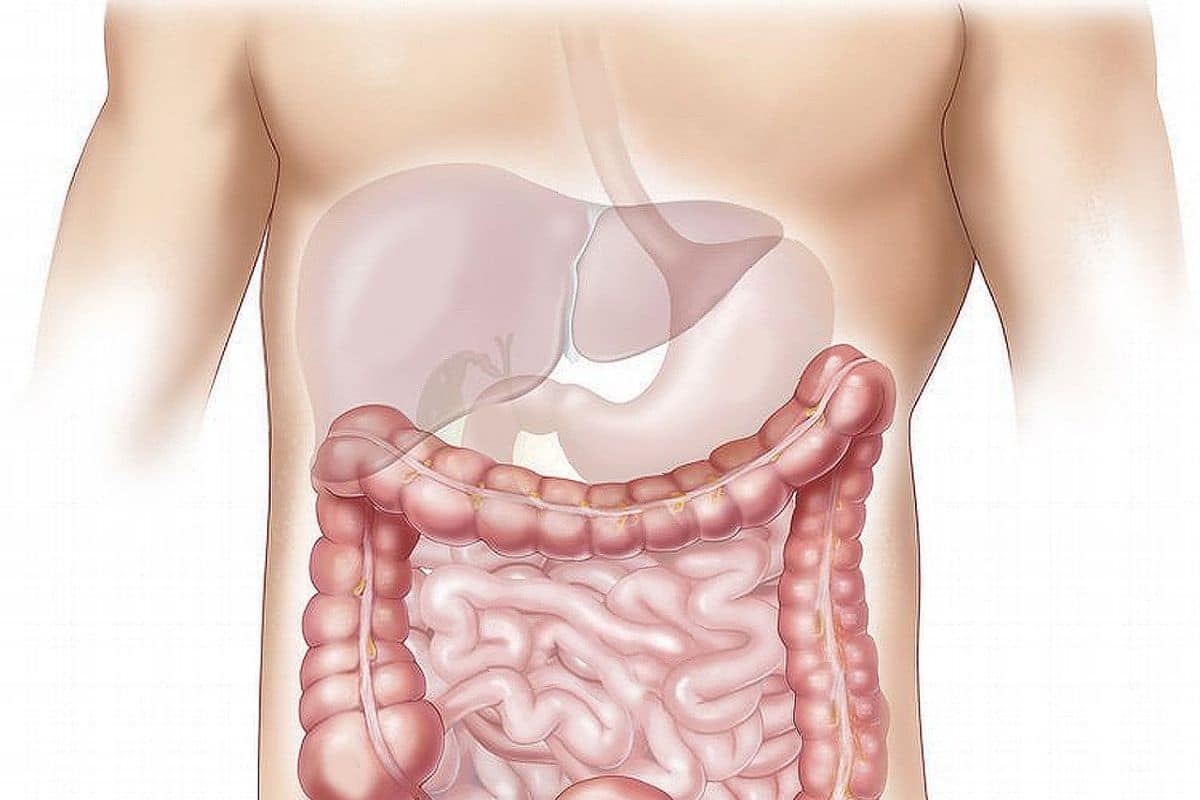
Even though you’re in your eighties, your liver is still in the infancy stage.
The liver is an essential organ that is responsible for the elimination of toxins in our body. And that doesn’t always leave our liver in the cold. Fortunately, our liver has a unique ability to regenerate itself after damage. But what about as we get older? Does this unique ability – like many other bodily functions – decline with age? Scientists figured it out.
Delivery renewal
Although we know more and more about our own bodies in the meantime, the nature of liver renewal in humans is still a mystery. Research on animals has also produced conflicting results. “Some studies showed that liver cells last a long time, while others suggested constant renewal,” said researcher Olaf Bergmann. “It was clear to us that if we want to know what happens in humans, we need to find a way to directly determine the age of human liver cells.”
Study
The researchers analyzed the livers of several people who had died at different ages – between 20 and 84 years. However, determining the biological age of human cells is an enormous technical challenge. In this case, the team used radiocarbon dating to determine the biological age of the human tissues. And that method may sound familiar to you. For example, archaeologists regularly use radiocarbon dating to determine the age of artifacts.
Carbon is a chemical element that is ubiquitous and forms the backbone of life on Earth. And radiocarbon is one of many types of carbon. It occurs naturally in our atmosphere. Plants absorb it through photosynthesis – in the same way as ‘normal’ carbon – and pass it on to animals and humans. Radiocarbon has weak radioactivity and is unstable. And these features are used in archeology to determine the age of artifacts.
Surprisingly, the findings show that all of the livers the researchers studied in their study were more or less the same biological age. “It doesn’t matter if you’re 20 or 84, your liver stays on average just under three years old,” Bergmann says. This means that liver cells are constantly being renewed; a process that is maintained even in older people. And so our liver actually remains young for the rest of our lives.
Older cells
Although the majority of cells in our liver are constantly being renewed, our liver also has some older cells, the researchers discovered. A fraction of the liver cells last about ten years. This subpopulation carries more DNA than typical liver cells. “Most of our cells have two sets of chromosomes,” Bergmann explains. However, some cells accumulate more DNA as they age. Ultimately, such cells can carry four, eight or even more sets of chromosomes.”

The human liver is made up of cells with different amounts of DNA. Most cells have only two copies of DNA, such as the cell indicated by the white arrow. Some cells accumulate more sets of DNA, as indicated by yellow arrows. These different types of cells renew in different ways. Image: Paula Heinke
Differ
When the researchers compared typical liver cells with cells richer in DNA, they discovered fundamental differences in their renewal. “Typical cells renew about once a year, while the cells that are richer in DNA last up to ten years,” Bergmann continues. “As this fraction gradually increases with age, this could be a protective mechanism that keeps us from accumulating harmful mutations.”
The findings from the study represent important new insights into the biological mechanisms underlying how the liver works. And the more we know about the organs in the body, the better we can figure out how to keep them healthy and how to cure them of disease. “Our research shows that directly studying cell turnover in humans is technically very challenging,” Bergmann says. “But at the same time, it provides unparalleled insights into the underlying cellular and molecular mechanisms of human organ regeneration.”
Source material:
†Your liver is just under three years old” – TU Dresden, Center for Molecular and Cellular Bioengineering
Image at the top of this article: Elionas2 via Pixabay